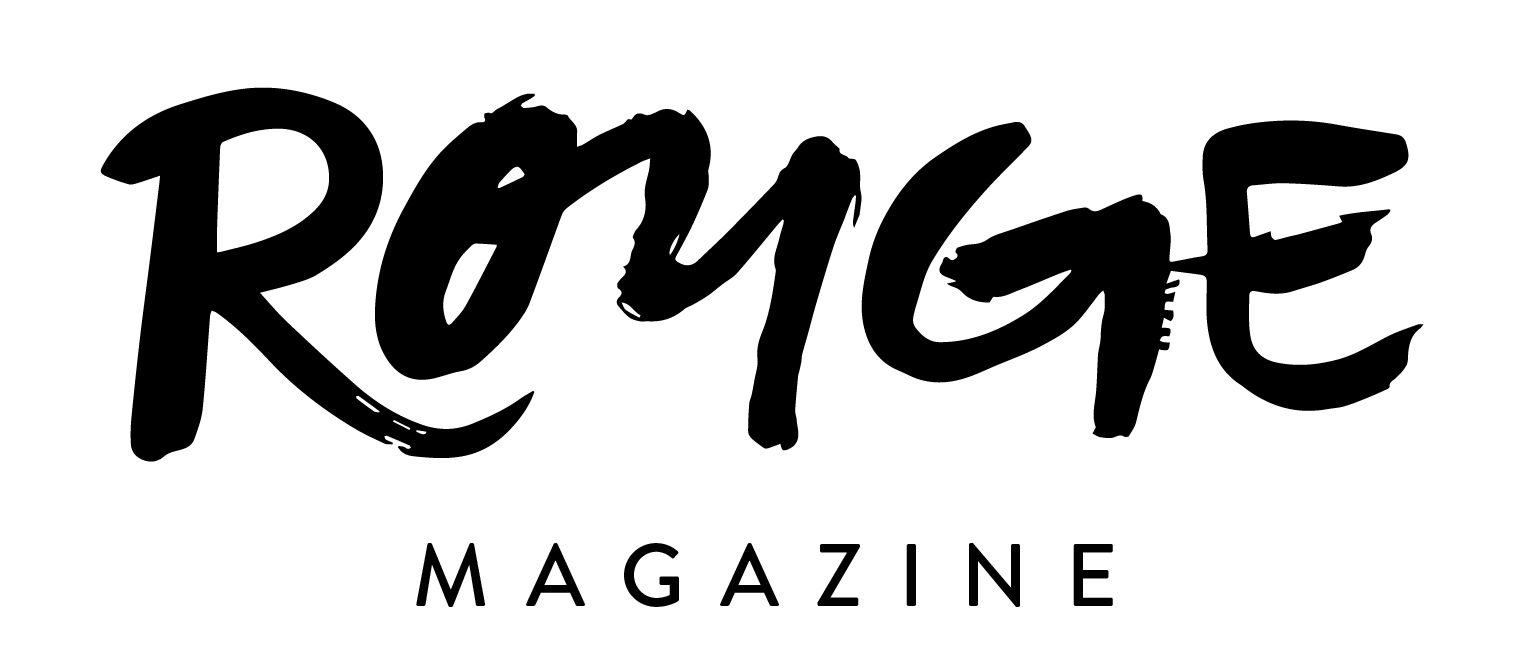The Wild History of Animal Print
Animal print has been a controversial fashion statement for years. Wearing animal prints sends a wide range of messages, as some may view the prints as trashy and some as high-fashion.
So, what is the complicated story of this widely-adapted trend? Humans have a long history of wearing animal prints as protective and decorative garments. While not always worn as a fashion statement but rather as a survival technique, animal skins have held special significance throughout humans’ evolution.
Many cultures and civilizations throughout history believed that animal pelts gifted their wearer some of the animal’s power. The Zulu people of southern Africa celebrated leopard skins, and faux fur is still incorporated into the Shembe religion’s ceremonies. Roman emperors and Egyptian pharaohs alike wore skins as a symbol of their power and status. Roman emperor Honorius even banned his court from wearing fur to ensure its exclusivity.
Ancient gods were synonymous with animal print clothing – the Egyptian goddess of wisdom, Seshat, and the Greek god Dionysus were often pictured clothed in leopard print.
By the eighteenth century, traveling European aristocrats began bringing back real furs. Silk animal prints began complimenting lace dresses, and fur coats became a symbol of high social status. Napoleon’s travels to North Africa in the 1800s ignited an animal print craze in France – particularly luxurious fur coats and rugs.
While animal furs continued to be a symbol of aristocracy, it was not until the 1930s that animal prints became mainstream. The film Tarzan the Apeman premiered in 1932. Actress Maureen O’Sullivan’s character, Jane, inspired many women to embrace the adventurous, exciting look animal print may provide.
A decade later, Christian Dior made leopard print luxurious again by including it in his New Look collection of 1947. He once advised women: “If you are fair and sweet, don’t wear it.” Pinup Bettie Page also made a huge impact when she posed with live cheetahs in an animal print bikini.
Photo Credit: Dior.com
Photo Credit: vintagefashionguide.com
By the 50s and 60s, mass production allowed other animal prints to gain popularity. Snakeskin, zebra stripes, tiger print, and giraffe spots began creeping into the fashion scene. However, with the help of First Lady Jaqueline Kennedy’s famous leopard coat, Hollywood stars like Elizabeth Taylor and even Bob Dylan’s 1966 song “Leopard-Skin Pill-Box Hat,” leopard print was pushed to the forefront.
The 1960s also commenced a new phase for animal print. It was no longer for the rich and famous. Instead of being associated with wealth and luxury, animal prints worn by hippies inspired the everyday person to be wild and free. People even began experimenting with different faux alternatives, as real furs started to become taboo within the animal rights movement.
The sophisticated origins of animal print further deteriorated with the wild punk trends of the 1970s. Animal print was still associated with power, but more in line with individual empowerment. Punk stars like Iggy Pop, Blondie, and the Cramps donned various animal prints for their performances.
The 1980s continued this new risqué image surrounding animal print. Brightly colored prints of all sorts were the rage. By the early 80s, there was widespread public awareness about animal cruelty, and obviously faux prints aided in the social statement for animal rights.
Animal print on every kind of clothing – office-appropriate dresses, shoes, bikinis, shirts – remained widely popular through the 1990s. By mid-decade, the style had built a reputation for being cheap and even trashy in some cases.
This reputation, however, was soon disregarded. By the 2000s animal print was back in the mainstream, even for the rich and famous. Maggie Gyllenhaal attended the 2009 Golden Globes wearing bright blue and fuchsia leopard print. Animal print was even worn on Jennifer Lopez at the 2013 Met Gala.
Photo Credit: Jamie McCarthy/Getty Images
It appears animal print is a fashion staple that is here to stay. Following the recent COVID-19 pandemic, it seems that animal print popularity is spiking once again. Stylist Mickey Freeman told TZR, “In my opinion, animal prints are synonymous with the desire to abscond and experience the energy of exotic lands and their climates.” Where will your animal print take you next?
Graphics by: Georgia Riccobene



